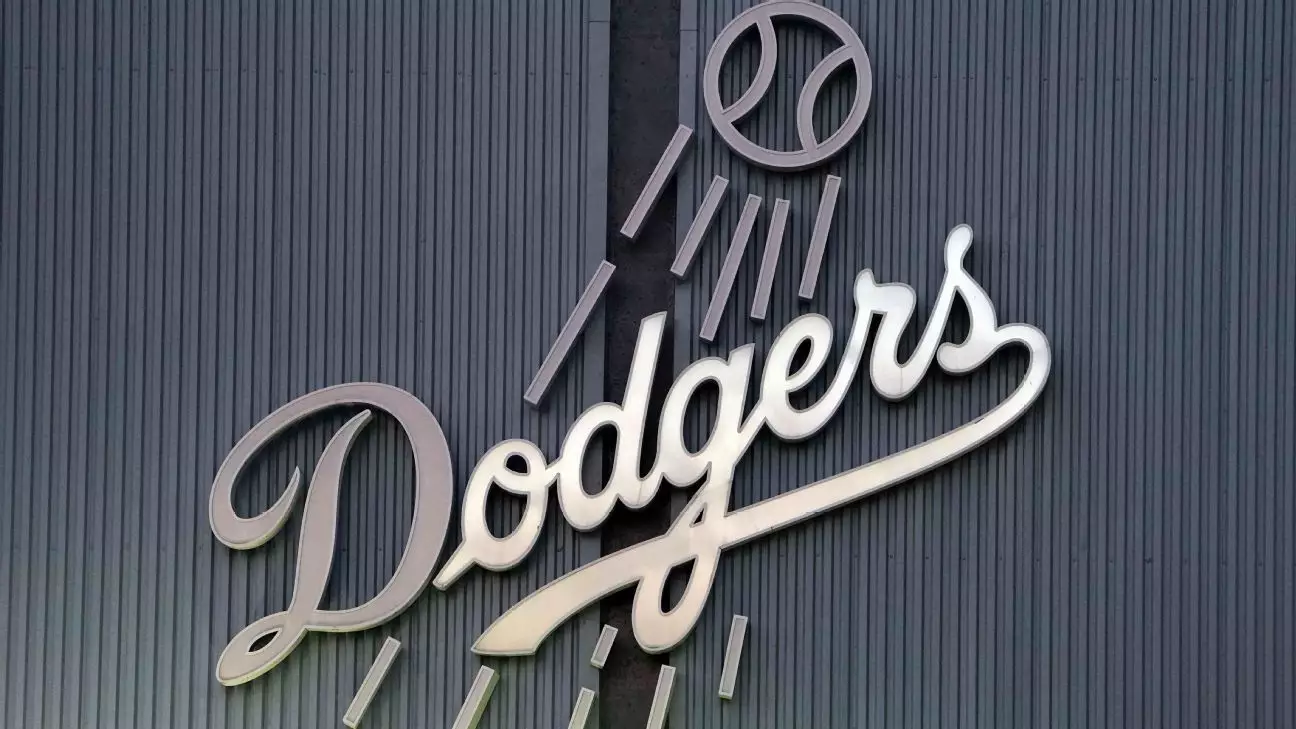The Los Angeles Dodgers have carved an impressive niche in Major League Baseball (MLB) as powerhouse contenders, yet their financial strategies have sparked both admiration and concern. At the heart of this discussion is their staggering $1.051 billion in deferred payments owed to eight players over the next two decades, culminating in 2046. This article aims to dissect the implications of these contracts, the ongoing debate regarding deferred compensation in baseball, and how it affects the team’s competitiveness in the league.
Deferred payments in Major League Baseball serve a multifaceted purpose. On one hand, they allow teams to acquire star talent by spreading the financial burden across many years; on the other, they create a form of financial risk management that can jeopardize the future stability of franchises. The Dodgers’ approach aligns with a modern trend where contracts are both enticing for players and strategically beneficial for team management. However, this model raises questions about equity within the league and the capability of smaller market teams to compete.
In a landscape where teams like the Dodgers can afford aggressive financial maneuvers, the disparity between large and small-market clubs becomes pronounced. MLB Commissioner Rob Manfred emphasized the concerns of fans in markets that feel outmatched financially, despite the Dodgers’ right to operate within the current fiscal framework. The question arises: does this model enhance or detract from the competitive integrity of the sport?
The contracts of Tanner Scott and Teoscar Hernández, worth $72 million and $66 million respectively, come packed with deferred payments. With Scott, the Dodgers have designated $21 million for deferred payment, while Hernández has $32 million lined up for future disbursement. It’s clear that both players’ contracts are not just about immediate financial impact but are structured to provide relief to the Dodgers’ current payroll constraints.
This system allows the Dodgers to retain a competitive roster while managing financial liabilities over time. Still, as not all teams possess the financial wherewithal to engage in such practices, this perpetuates an uneven playing field. The player union, having rejected proposed changes to this model during collective bargaining, reflects the players’ interests in ensuring they receive their compensation, albeit delayed.
Management of deferred payments is not merely an accounting exercise; it significantly shapes a team’s long-term strategy. Dodgers’ president of baseball operations, Andrew Friedman, remarked on the diligence with which they manage these future financial commitments. By proactively planning for these obligations, the franchise seeks not only to avoid future surprises but to build a model that can adapt to the financial landscape without jeopardizing player relationships or team performance.
However, this strategy is akin to walking a tightrope. The team must balance present aspirations with future responsibilities. For example, the structure of Scott’s contract, which involves multiple $1.75 million payments extending into 2046, highlights a long-term commitment that could be less feasible should the team encounter financial difficulties or changes in revenue streams.
The Dodgers’ financial obligations extend far beyond just these high-profile signings. With projected deferred payments in the hundreds of millions for star players like Shohei Ohtani, Mookie Betts, Freddy Freeman, and Blake Snell, the team’s financial commitments could dominantly shape their fiscal year strategies through 2046. Deferred payments are particularly daunting because they require teams to allocate adequate funds based on the present value of future contracts.
The nuances of the Dodgers’ salary structure, including significant peaks in payment obligations during 2038 and 2039 ($100.95 million each year), create a precarious situation for long-term planning. It will be crucial for Dodgers management to remain vigilant in assessing their overall strategy in light of these impending costs.
As the Los Angeles Dodgers endeavor to strike a balance between immediate success and long-term viability, their approach to deferred pay sheds light on the broader dialogue about financial strategies in Major League Baseball. While the model presents an opportunity for elite teams to excel, it simultaneously creates challenges concerning parity in a league where not all franchises can operate under similar financial circumstances. Ultimately, the Dodgers embody a complex interaction of ambition, financial strategy, and the ongoing quest for balance in competitive sports. It will be intriguing to observe how their fiscal philosophy evolves alongside league policies in the coming years.

